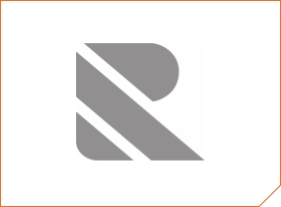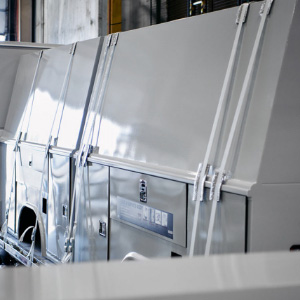CHASSIS 101: HOW TO SPEC THE ULTIMATE WORK TRUCK
When it’s time for a new work truck body, it’s critical to choose the right chassis and service body to meet your business’s needs. Buying more chassis than you require wastes money on components and fuel, while going too light, the more common error, imposes excess wear and tear on the truck, decreases productivity and can lead to premature breakdown. Unfortunately, once the truck is built, changing it can be cost prohibitive.
You can avoid costly mistakes by conducting a thorough needs analysis before you begin the specification process.
To get started, consider the following:
APPLICATION:
The more data you can collect regarding the usage and range of applications you require from your work trucks, the more accurately you’ll be able to identify the appropriate features and attributes. The first step in a successful specification process is listing the tasks your truck needs to perform and estimate the percentage of time typically devoted to each task. Then spend some time observing your trucks at work to confirm that you have an accurate picture of how your new truck body will be used in the field.
Ask yourself the following questions:
- Is the truck you need primarily a hauler or a mobile workshop?
- How many crewmembers use it at one time?
- How much equipment do you need to carry on a typical job?
- Does it require additional layers of security?
- Is it used at night?
- How much time does it spend on the road and how frequently does it stop?
- Will it need to tow anything?
ACCESS:
The configuration of your truck has a significant impact on workflow and efficiency. When trying to determine the type of access you require, consider the following questions:
- Where and how will materials (and people) move through the truck body day after day?
- Do drivers need access to the cargo space from the cab, from the curb or from the back of the truck?
- Do they enter and exit frequently?
- Will you be transferring materials into and out of the service truck bed and if so, how?
- Will you be moving heavy equipment, bulk materials or palleted goods?
LOCATIONS:
Determining where your trucks are required to travel is key to building a chassis and body that have all the features you need and nothing you don’t. Ask yourself:
- Where will the truck be used?
- Will it be driven on unimproved road surfaces, in snow or mud, in steep terrain or on busy city streets?
A truck that works off-road may need 4WD and a spring-mounted body, while a truck run in the city and suburbs may need curbside access and quick locking capability. Consider the driving conditions the truck will encounter and any special capabilities it may need to accommodate them.
LOAD:
To select the right chassis, it is essential that you accurately assess the Gross Vehicle Weight Rating (GVWR) based on everything your truck will need to haul. Consider the weight of crew, gas, tools, equipment and cargo at maximum capacity, taking into account how capacity requirements may increase over time.
Don’t assume: weigh your tools and equipment. Load your current truck with everything you might need to carry and have the vehicle weighed. Going too light on the chassis and body capacity is the most common error made when specifying a work truck and make for costly losses in productivity and excess wear on the vehicle.
EQUIPMENT:
An often-overlooked aspect of building a work truck is making sure it is equipped to carry all your tools, supplies and equipment safely. You need to consider:
- What sort of specialized equipment will your truck body need?
- Will you need ladder racks, hoists, cranes or bottle storage?
- Will you need to carry liquids, spooled materials, pipes or bulky items?
- What equipment and tools will you be carrying and how would you like to access them?
LEGAL REQUIREMENTS:
Be aware of regulations governing vehicle operation in the states where your truck will be used. Many states impose special requirements such as medical cards and driver logs on vehicles with GVWRs over 10,000 pounds. Conduct your search including all of the specific states you will be operating in, as local rules and regulations often vary.
CHOOSE THE RIGHT PARTNER:
As comprehensive as your analysis may seem, it’s only the beginning of the process. Specifying the right chassis and truck body requires specialized expertise, and choosing the right partner is one of the most important decisions you’ll make in the entire process. A trusted manufacturer such as Reading Truck Group will guide you through every aspect of the assessment, confirming the details you provide while making sure the vehicles you’re considering meet legal requirements.
Our solutions include aluminum service bodies that are 50% lighter than comparable steel body alternatives, for impressive capacity with lower fuel and operating costs.
For those working in the HVAC, plumbing, electrical and construction industries, our enclosed service bodies feature solid, welded sides and a scissor hoist ideal for transporting loose and bulk materials. We’ll help you find the most productive work trucks, or we will call on our custom capabilities to build one from the ground up for you.
Our network of more than 130 distributors is uniquely positioned to ensure you get the best chassis and service body upfit for your needs. They have access to our pool of more than 400 Chevy, Ford and RAM chassis and extensive experience in the Reading upfit process.
In addition, they can use Reading’s ship-thru program capabilities with all three OEMs, getting your finished truck to you quickly and cost effectively.



